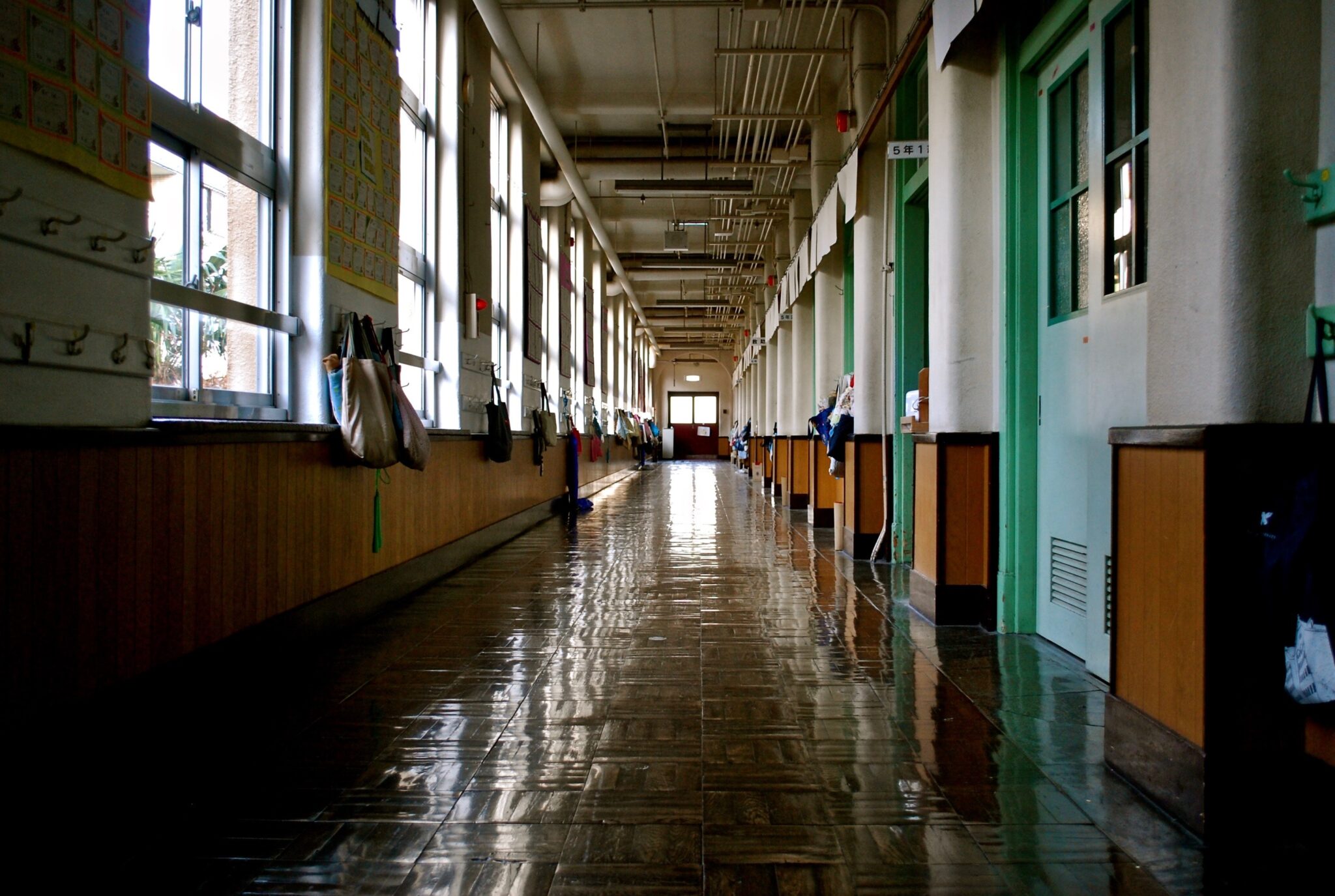
Michelle Berger is a student at Harvard Law School.
A Union, Then a Closure
While unions represent nearly 70 percent of traditional public school teachers, they represent only 11 percent of teachers at charter schools. These numbers reflect many charter schools’ strident resistance to teacher unionization.
One example of this resistance played out in D.C. There, in June 2017, teachers at a charter school voted overwhelmingly to form a union, making theirs the first unionized charter school in the city. But negotiations between the union and the administration dragged on for years. And then, in January 2019, the school’s leadership abruptly announced that the school was closing at the end of the schoolyear. The teachers suspect that the school closing was no coincidence: they allege that it had everything to do with the union.
The name of the school? Chavez Prep Middle School. One can only imagine what Cesar Chavez, a giant of the labor movement and the lionized co-founder of the United Farm Workers, would have had to say. And one might assume that if teachers unions and charter schools could co-exist anywhere, it would have been there. But in fact, unions can work at charter schools––where they can both preserve the features that draw some families to these schools and also help to create positive environments for teachers and students alike.
Charter Schools and Teachers Unions
Charter schools are tuition-free schools funded with public dollars. Both nonprofits and for-profit corporations can operate charter schools. They are usually independent from traditional school districts, and they are generally exempt from many of the state laws and regulations that govern traditional public schools, so they can experiment with school structure, policies, and instructional design. The politics surrounding them are complex and acrimonious. On one hand, charter schools have been touted as a bipartisan policy intervention focused on student success. But they have also been criticized for failing to deliver on their lofty promises and for damaging traditional public schools.
Tensions between teachers unions and charter schools run deep. Charter school advocates contend that collective bargaining agreements are antithetical to charter school flexibility and innovation. Accordingly, charter school proponents lobby to have charter schools exempt from state- and district-wide laws and contracts that facilitate unionization at public schools. Teachers unions, for their part, have been warning for decades that some charter schools are profit-seeking and fail to serve their students. Teachers unions are also wary of the prospect that students will enroll in non-union charter schools instead of unionized public schools. Since education funding is generally apportioned on student enrollment, resulting disinvestment will lead to fewer teachers––and thus, fewer union members–– at the traditional public schools that students leave behind.
Given this background, teachers unions have historically opposed the creation of new charter schools and lobbied against pro-charter legislation. But they have another option, too: organizing charter school teachers.
Admittedly, this is no simple task. Teachers unions aiming to organize charter schools must navigate a complex legal landscape (the NLRA only applies to private employers; the NLRB essentially decides state-by-state whether it applies to charter schools). Moreover, the independent nature of each charter school frustrates efforts to negotiate district-wide collective bargaining agreements. Charter schools are also a relatively more hostile landscape for teachers unions because they may rely on a younger workforce with high turnover rates, making organizing more difficult. And, according to some reports, aggressive union busting occurs when teachers at charter schools try to organize. (Spoiler alert: one of the schools profiled in the linked report, the largest charter school in Detroit, was also named after Cesar Chavez!)
The fact remains, however, that charter school teachers face precisely the issues that unions are well-equipped to address. These include both pronounced lack of voice in school decision-making and challenging working conditions. Charter school teachers are paid less than their counterparts at public schools and have higher turnover rates. They also face a lack of job security, because charter schools close with alarming frequency. In light of those realities, national teachers unions seem to have taken notice, and charter school teachers unions are on the rise in some states.
A New Chapter?
At charter schools where a teachers union successfully negotiates a contract, what happens?
One organization that has attempted to answer that question is the Center for Reinventing Public Education (CRPE) at Arizona State University. CRPE receives funding from charter networks and charter school proponents. In 2019, CRPE published a report describing collective bargaining agreements at 13 unionized charter schools. One key finding of the report is that the contracts preserve much of administrators’ discretion over critical personnel decisions, such as discharges. It is interesting to compare this finding with charter schools’ traditional rationale for opposing unions: that CBAs will infringe upon flexibility and innovation. When it actually comes time to bargain an agreement, it appears that the “flexibility” some schools really care about is the ability to fire teachers without regard for tenure.
To the extent that charter school administrators do care most about preserving their schools’ uniqueness and flexibility––as some surely do––there is no reason why that goal would be incompatible with unionization. In Pennsylvania, one of the states where charter school teacher unionization is on the rise, the state’s affiliate of the American Federation of Teachers (AFT) believes: “In many ways, working in a unionized charter school offers the best of both worlds: the protections and rights of a union, and the freedom and flexibility of a charter.” And across the country in California, the AFT affiliate proudly profiles three charter schools with “unique missions” that voluntarily recognized their teachers’ unions.
This suggest that teachers unions can succeed at organizing charter schools and winning important contractual protections for teachers, all while preserving the innovation that makes charters unique. If this is the case, perhaps teachers unions can continue to make inroads at the 7,000+ charter schools in the US. If they do so, they will position themselves as able to advocate for the wellbeing of teachers and students from within a system that, at least in some states, is subjected to relatively little oversight. And they may be able to nudge charters toward the teacher-centered vision that their original advocate (a former AFT president) envisioned when he proposed the idea of a charter school in 1988. Such an outcome would be highly worthwhile.








Daily News & Commentary
Start your day with our roundup of the latest labor developments. See all
April 26
Starbucks and Workers United resume bargaining talks; Amazon is ordered to disclose records; Alabamians support UAW’s unionization efforts.
April 25
FTC bans noncompete agreements; DOL increases overtime pay eligibility; and Labor Caucus urges JetBlue remain neutral to unionization efforts.
April 24
Workers in Montreal organize the first Amazon warehouse union in Canada and Fordham Graduate Student Workers reach a tentative agreement with the university.
April 23
Supreme Court hears cases about 10(j) injunctions and forced arbitration; workers increasingly strike before earning first union contract
April 22
DOL and EEOC beat the buzzer; Striking journalists get big NLRB news
April 21
Historic unionization at Volkswagen's Chattanooga plant; DOL cracks down on child labor; NY passes tax credit for journalists' salaries.